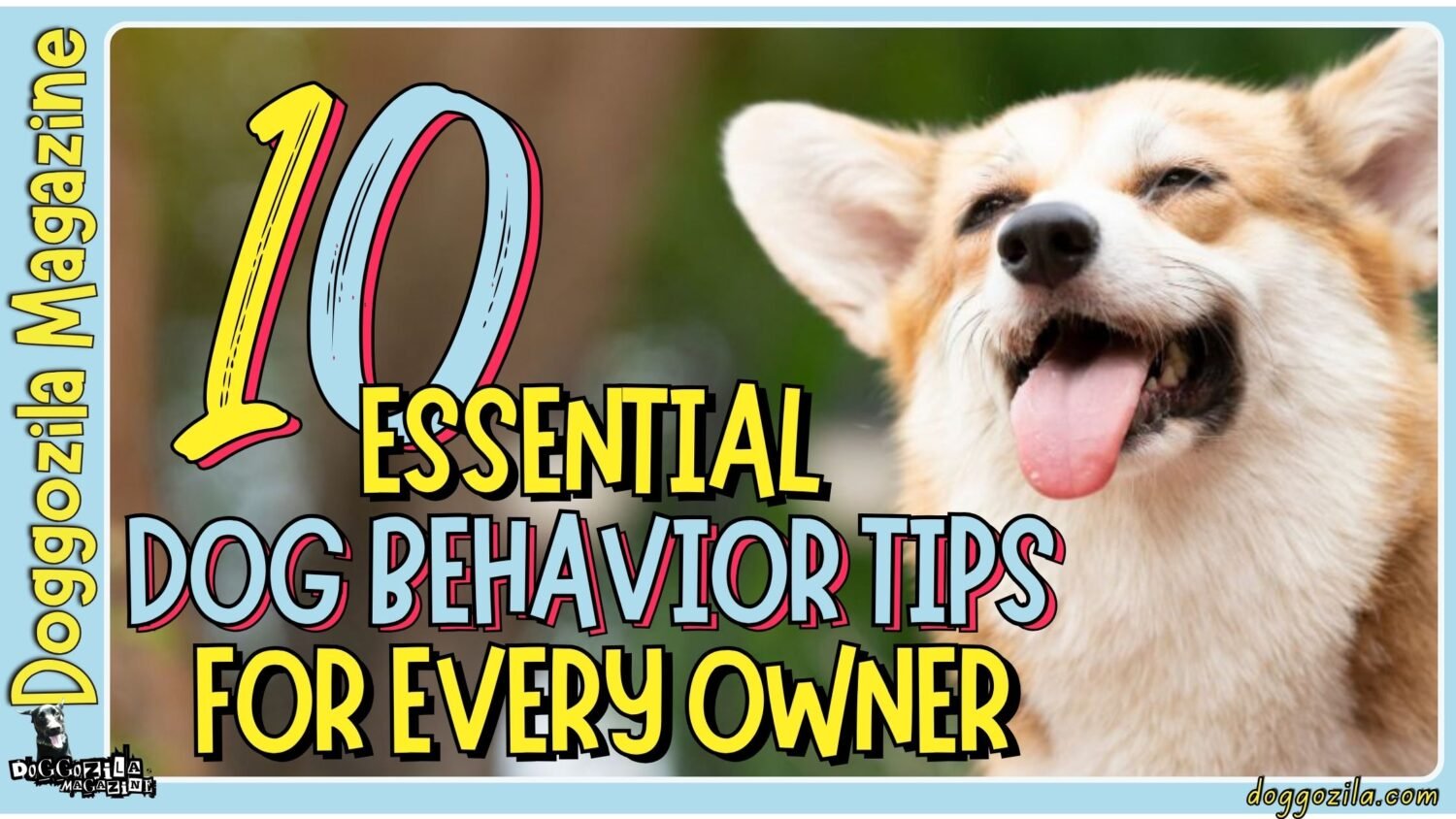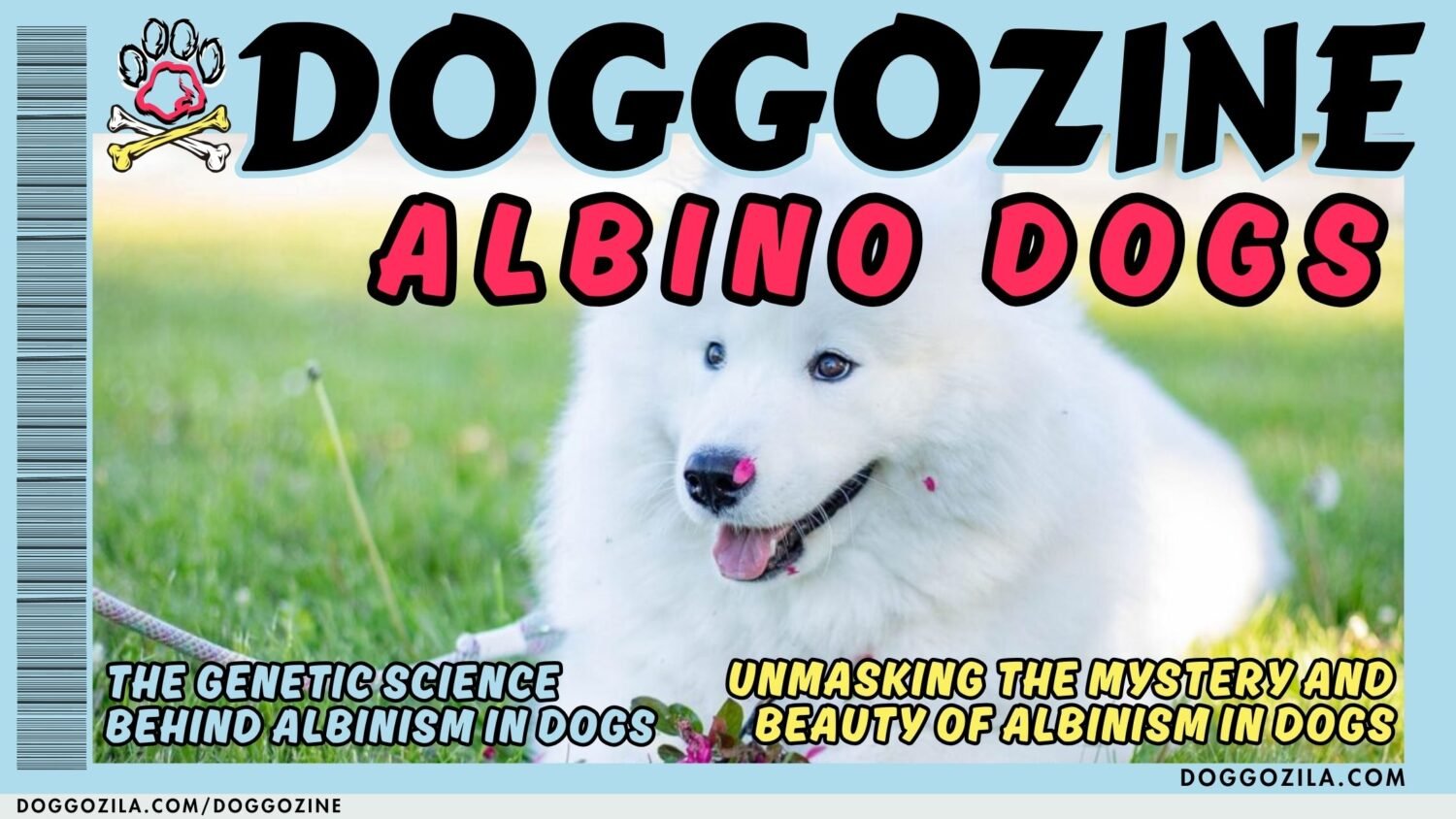The bond between a human and their dog is built on shared adventures, cozy cuddles, and, occasionally, the distinct aroma of “wet dog.” Keeping our furry friends clean is a fundamental part of caring for them. It leads to a common dilemma faced by all pet parents, and some of them are known to ask how often should you actually wash your dog?
The answer is not one-size-fits-all and hinges on a delicate balance between skin health, coat type, and lifestyle. By exploring the biology of your dog’s skin and coat, their breed-specific needs, and the stories from veterinarians and groomers, we can decode the perfect bathing schedule. This exploration is not about achieving perfection, but about fostering the health and happiness of our four-legged family members.
„Forget the calendar,
the best schedule for bathing your dog is written in their breed, their lifestyle,
and the very biology of their skin.“
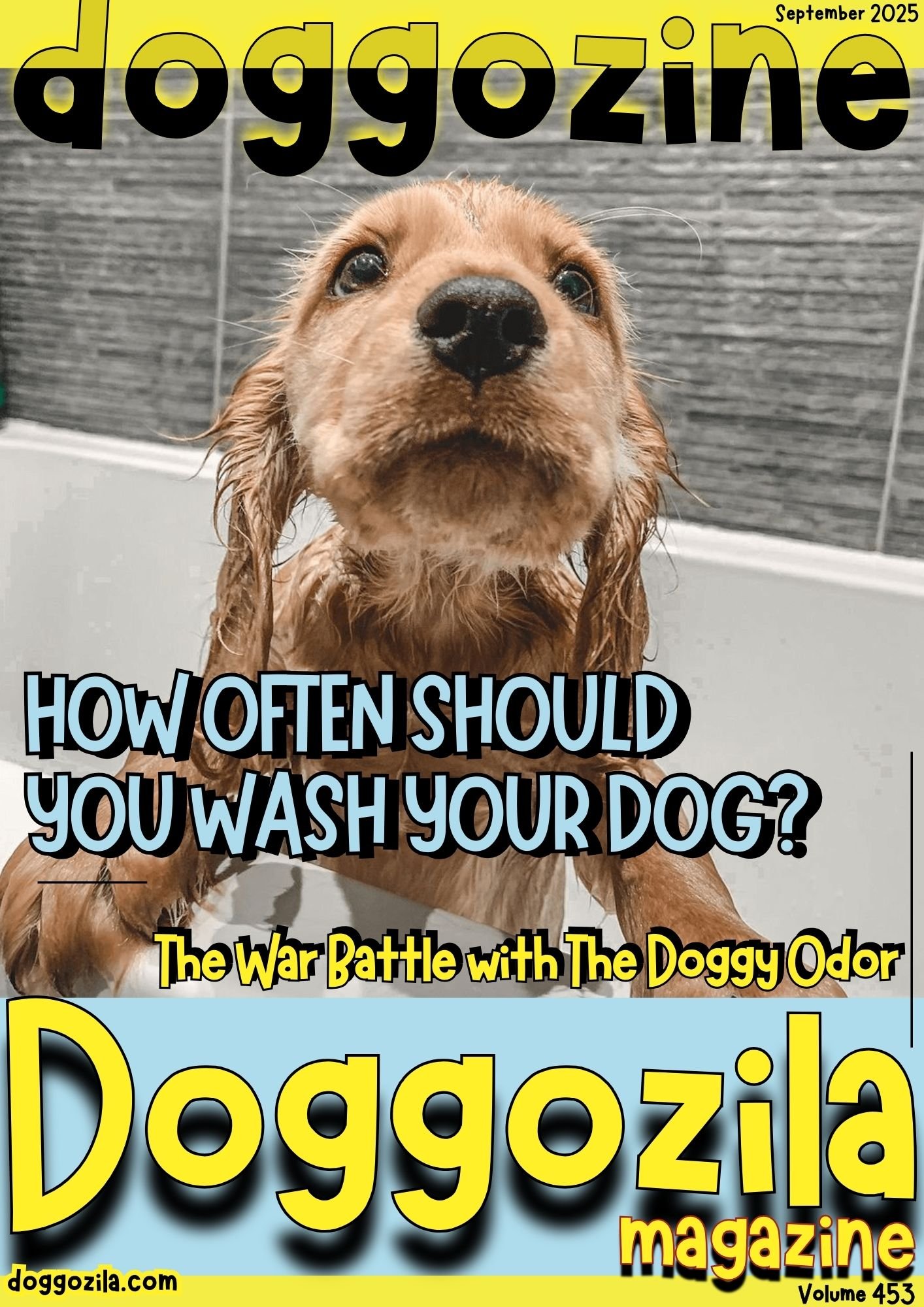
WHY THERE’S NO SINGLE ANSWER TO HOW OFTEN YOU SHOULD WASH YOUR DOG?
To understand the modern dog’s bathing needs, we must first look at their biology. A dog’s skin is protected by a layer of natural oils called sebum. This lipid barrier is crucial for maintaining hydration, repelling water, and protecting against environmental irritants and microbes.
Frequent bathing with harsh shampoos can strip this essential barrier, leading to dry, flaky, itchy skin and a dull coat. The body may then overcompensate by producing more oil. This can lead to a greasy feel and that distinctive “doggy odor” we try to avoid. This biological reality is the primary reason there is no universal rule for how often you should wash your dog. It is a calculation meant to preserve the natural, healthy state of their skin and coat without causing unintended harm.
How Breed and Coat Type Dictate How Often You Should Wash Your Dog
The concept of breed is central to dog grooming, governing everything from brushing frequency to bathing needs. A dog’s genetics determine their coat type. This is the biggest factor in answering how often you should wash your dog. Some breeds, like many retrievers and hounds, have oily coats that are water-resistant. These breeds may develop a stronger odor more quickly and might require a bath every 4-6 weeks to manage the oil buildup.
Conversely, breeds with thick double-coats, like Huskies or Malamutes, have self-cleaning properties and too-frequent washing can ruin their coat’s insulation. They may only need a bath 3-4 times a year, if that. Both scenarios are deeply rooted in their genetic makeup. They are two different but valid interpretations of how often you should wash your dog. Each is driven by the unique requirements of their coat.
How to Decipher the Signs Your Dog Needs a Bath?
Our dogs communicate their needs to us through their condition and behavior. While they can’t say “I’m itchy,” they show us through a language of physical signs. Persistent scratching, obvious dirt or mud, a lingering unpleasant odor, or a coat that feels greasy to the touch are all clear indicators it’s bath time.
You might notice them rolling on the carpet more frequently in an attempt to self-clean. Also you may see visible flakes of dandruff in their fur. Learning to read these signals is key to responsive care and recognizing the subtle ways their body is telling you it’s time for a wash. This will ensure you are bathing for their comfort, not just a arbitrary schedule.
The Health Purpose Behind How Often You Should Wash Your Dog
While we bathe our dogs for cleanliness, the practice is also deeply grounded in health management. Washing with a medicated shampoo prescribed by a vet is a primary treatment for skin allergies, bacterial infections, and parasitic infestations. For these dogs, bathing is not cosmetic; it is a critical part of their medical care.
Conversely, for a healthy dog, the purpose of a bath is to support the skin’s natural functions, not disrupt them. Understanding bathing as a tool for maintaining biological balance helps us move beyond a simple calendar schedule. It allows us to see each bath as a purposeful act to support our dog’s overall well-being.
🔑 Key Points: A dog’s skin has a protective layer of natural oils called sebum. So, frequent bathing can strip this barrier, leading to skin problems and odor. This biological need to preserve the skin’s health is why there is no universal rule for bathing frequency.
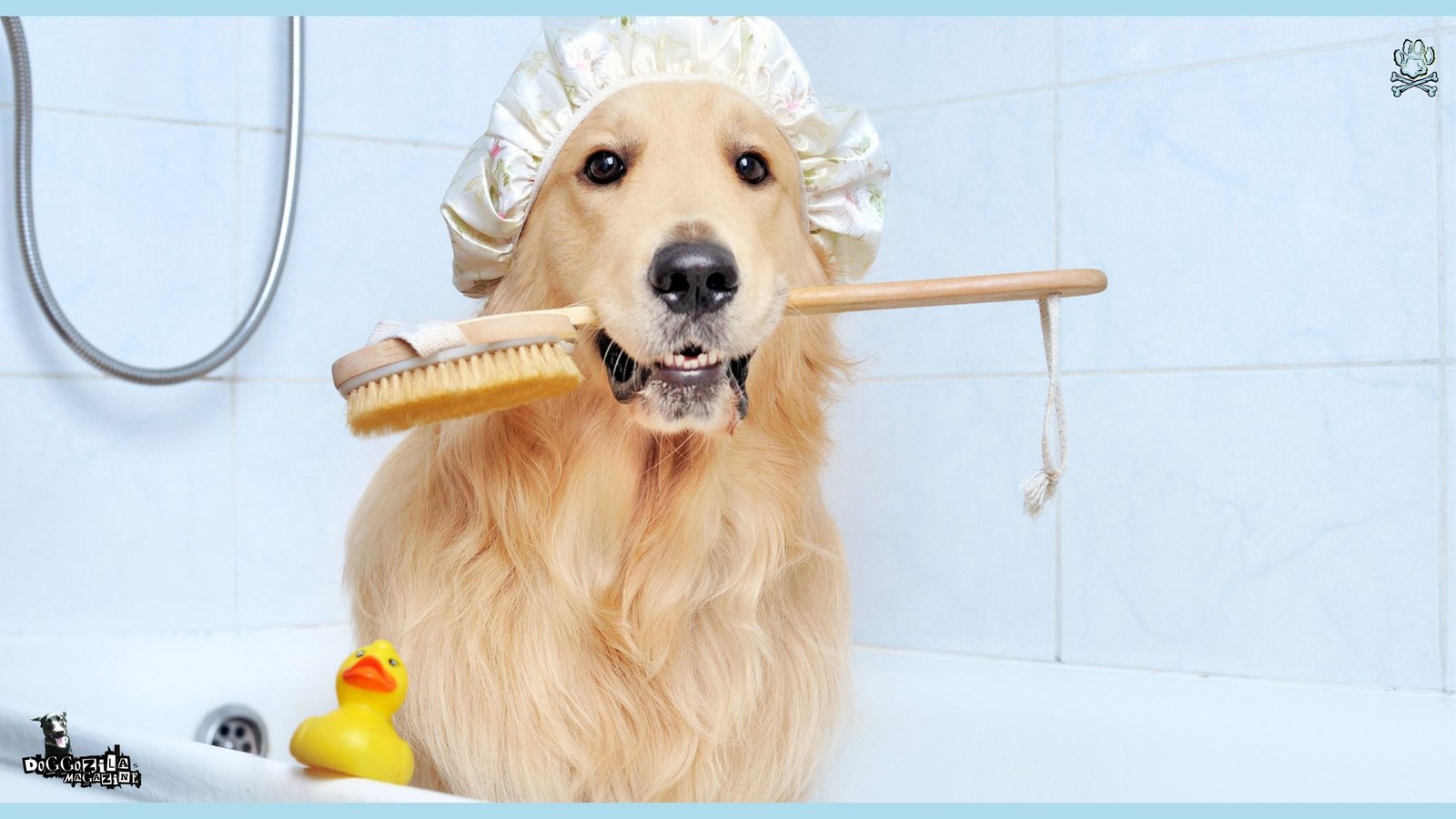
RECOGNIZING THE FACTORS: HOW OFTEN SHOULD YOU WASH YOUR DOG?
While every dog is an individual, there are common factors that provide a clear framework for determining a bathing schedule. These considerations are a combination of immutable traits and lifestyle variables. You must consider your dog’s breed and coat type first, as this sets the baseline. Then, layer on their activity level. Dog that hikes through mud weekly will need more frequent baths than a sedentary lapdog.
Allergies, both in dogs and humans, can also necessitate more frequent washing to remove environmental allergens from the coat. Finally, underlying skin conditions can completely override all other factors, turning bathing into a medically-directed therapy.
Lifestyle Shifts That Change How Often You Should Wash Your Dog
Beyond the obvious factors of breed and coat, more subtle lifestyle shifts can speak volumes about your dog’s bathing needs. A dog that spends most of its time indoors on clean floors will have vastly different needs than one who is a dedicated digger and swimmer. You may find that seasonal changes demand a different approach. The muddy spring requires more frequent rinses. While a dry winter might call for fewer, more moisturizing baths to avoid itchy skin.
Another key factor is the use of protective gear. The dog that wears a jacket or boots outside may stay cleaner longer. These life details are not random. They are deliberate and meaningful, forming a pattern that is the clearest evidence for how often you should wash your dog. Use their real-world experiences as the ultimate guide.
The Risks of Over-Washing or Under-Washing Your Dog
It is crucial to distinguish between a recommended schedule and the physical symptoms of an imbalanced routine. As the skin’s ecosystem is disrupted by over-washing, you will likely observe persistent itching, flaking dandruff, red and irritated skin. You may see a coat that looks dull and feels brittle.
Conversely, under-washing can lead to matting in long-haired dog breeds. You may notice a overwhelming “doggy” smell, and a buildup of dirt and oil. They can clog pores and lead to hot spots and infections. While these symptoms are concerning, they are a natural result of an imbalance. Understanding them helps you provide the right care and adjust your routine for optimal health.
The “As Needed” Philosophy: A Flexible Approach to How Often You Should Wash Your Dog
One of the most practical and emotionally freeing approaches is the “as needed” philosophy. This is the understanding that a dog’s bathing schedule is not set in stone but is a flexible guideline based on direct observation. This mindset prevents you from washing on a strict schedule out of obligation. Instead is empowering you to assess your dog’s condition each week.
This allows for a truly responsive care regimen that honors your dog’s unique biology and circumstances. It makes the ultimate way to determine how often you should wash your dog. It will ensure that every bath has a positive purpose.
🔑 Key Points: To determine a bathing schedule, first consider your dog’s immutable breed and coat type, then layer on lifestyle factors like activity level, allergies, and any underlying skin conditions.
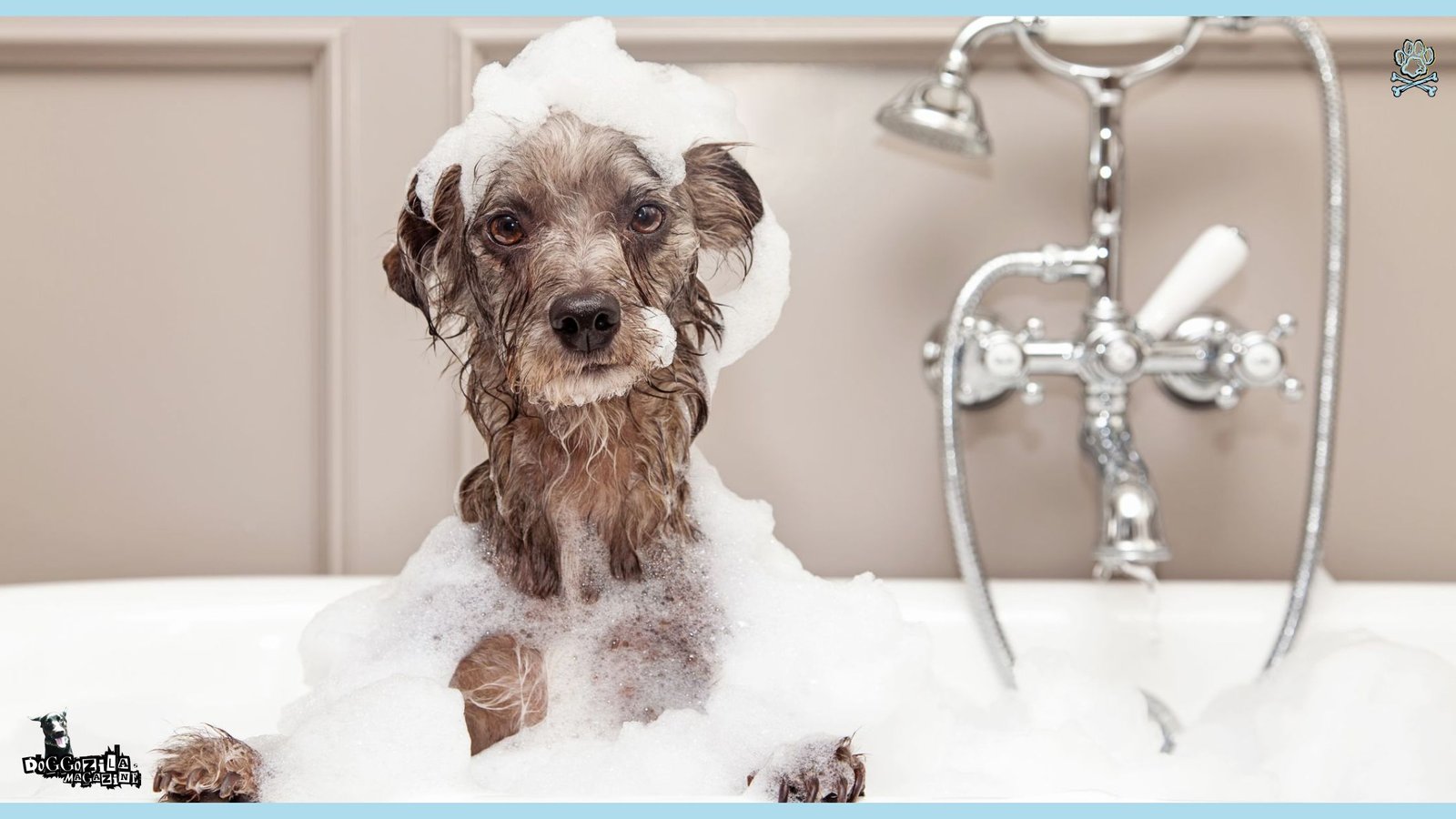
BEYOND CLEANLINESS: THE BONDING EXPERIENCE OF BATH TIME
Bathing your dog is not simply a hygienic task, but it is an opportunity for bonding and trust-building. Dogs are not simply creatures of instinct. They are emotionally intelligent beings attuned to our every mood, word, and gesture. They can sense our frustration, our calmness, and our patience.
This emotional sensitivity plays a critical role during bath time. A owner who is calm, gentle, and uses positive reinforcement can transform a stressful ordeal into a trusting and even enjoyable experience for their dog. This awareness can motivate us to be better caregivers, as the process is as much about nurturing our relationship as it is about getting clean, demonstrating a level of care that is the true hallmark of the human-canine bond.
The Heartfelt Ways to Make Bath Time a Positive Experience
The methods for a successful bath are as unique as your dog’s personality, but they are always grounded in patience and positivity. One of the most powerful tools is high-value treats, reserved exclusively for during and after the bath to create positive associations. Others will respond to a soothing, calm tone of voice and gentle, confident handling that assures them they are safe.
Preparing everything beforehand like shampoo, towels, brush ensures the process is quick and efficient, minimizing stress. These actions are a language of love, and in the context of bath time, we speak it with clarity and purpose, making it abundantly clear that this is how you care for your dog, turning a chore into an act of mutual trust.
Can Dogs Be Too Clean?
This is a question many owners don’t think to ask. While we cannot know for certain what a dog feels, their biological reality suggests that striving for sterility is counterproductive. A dog’s skin hosts a microbiome of beneficial bacteria and yeast that play a crucial role in health.
Over-washing disrupts this delicate ecosystem, potentially making the skin more vulnerable to pathogens and allergens. While this doesn’t equate to letting your dog be dirty, it does mean that a little bit of natural grime is not a crisis. Their body is designed to handle a certain level of outdoor exposure, and our job is to support, not fight, that natural design.
The Role of Owner’s Routine in a Dog’s Grooming Health
Our dogs are brilliant at adapting to our routines, and this doesn’t change when it comes to grooming. An owner who establishes a consistent, positive grooming routine from puppyhood can greatly ease a dog’s anxiety and make them a willing participant. Conversely, a chaotic, infrequent, or stressful bathing experience can create a lifelong fear of water and grooming tables.
By managing our own approach and providing a serene and predictable atmosphere, we give our dogs the confidence to tolerate and even enjoy being groomed. This symbiotic relationship highlights how our behavior directly influences the answer to how often you should wash your dog, as a positive experience makes necessary baths much easier to accomplish.
🔑 Key Points: A dog’s lifestyle, such as how much time they spend indoors versus outdoors or seasonal changes like a muddy spring, provides the clearest real-world evidence for adjusting their bathing frequency.
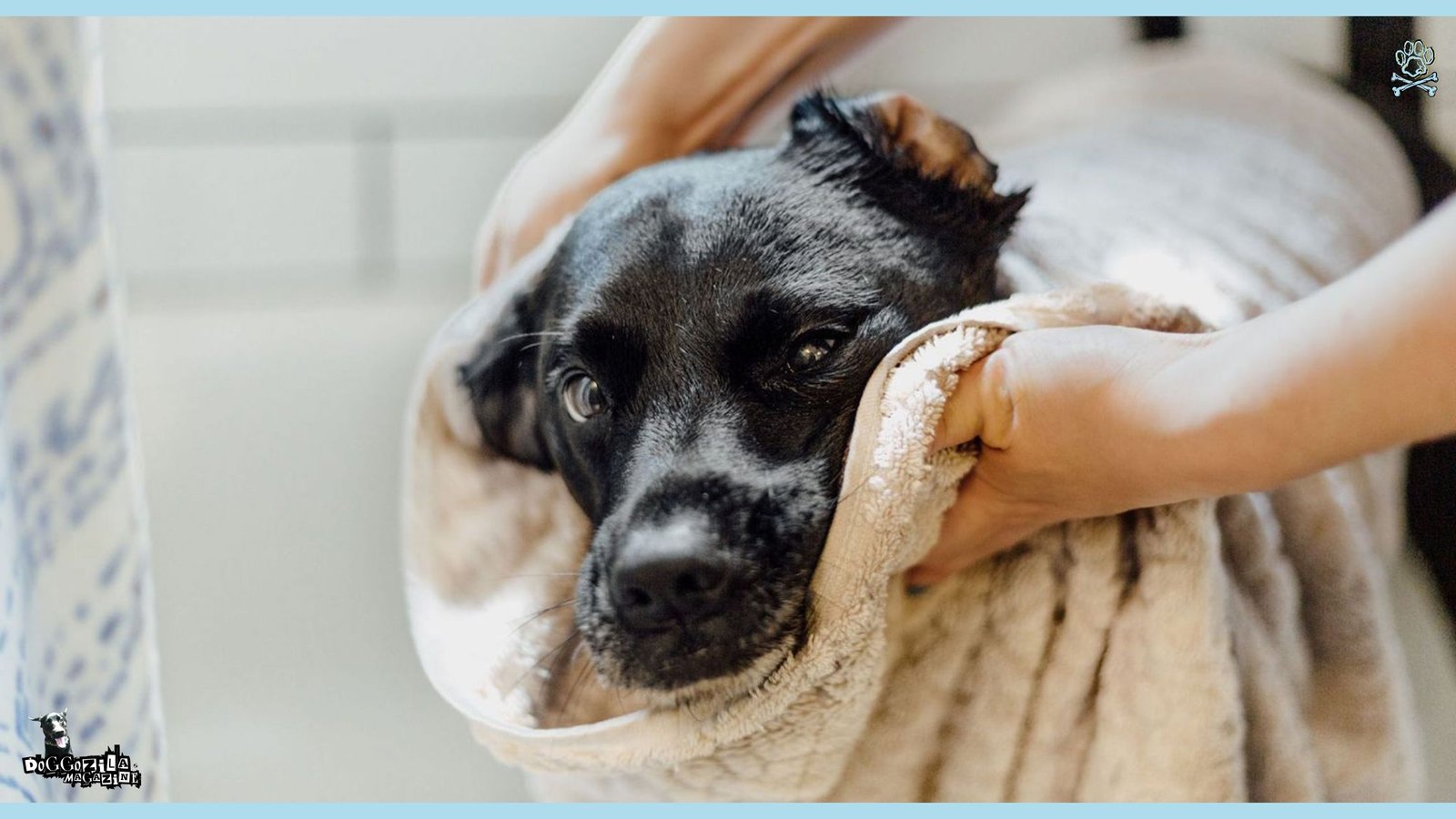
PRACTICAL JOURNEY OF DOG GROOMING: HOW OFTEN SHOULD YOU WASH YOUR FRIEND?
A dog’s grooming needs are not just about the occasional bath, but a continuous process that affects their comfort and health. As their coat grows and changes, their needs and our care must adapt.
You may observe that a double-coated breed “blows” their undercoat seasonally, requiring intense deshedding baths and brushing during that period. Nails need regular trimming, and ears need checking and cleaning. This maintenance can be demanding, but it is a natural part of responsible ownership. However, intertwined with these practical tasks are moments that feel anything but chore-like, moments of connection and care that many interpret as a fundamental part of the commitment we make to our companions.
Mysterious Cases That Suggest a Dog Needs a Specialized Bath
The stories that surround a dog’s skin and coat often veer into the complex, leaving owners searching for answers. There are numerous, well-documented accounts of dogs who suffer from mysterious itching that is only resolved by a specific medicated shampoo prescribed by a dermatologist. Other tales tell of dogs whose coats become miraculously softer and healthier after switching to an oatmeal-based moisturizing shampoo.
Perhaps most intriguing are the reports from owners who find that a simple rinse with clear water after a swim in the lake or ocean is enough to prevent skin irritation without the need for a full shampoo. These specific occurrences provide great insight to many, suggesting that the question of how often you should wash your dog is deeply personal and that paying attention to their individual response is the key to success.
Related Article Recommendation: Competitive Dog Grooming: A Journey Through Skill and Creativity
The Science of Skin and a Dog’s First Line of Defense
A dog’s skin is its largest organ and its primary barrier against the world. Its health is paramount. The pH balance of a dog’s skin is different from that of human skin. Using human shampoo, which is formulated for a more acidic pH, can disrupt a dog’s skin barrier, leading to dryness and irritation.
This scientific reality is why using a shampoo formulated specifically for dogs is non-negotiable. Honoring the specific biology of their skin is a practical and powerful way to support your dog, making every bath a therapeutic act that protects their most important defensive barrier.
Creating a Peaceful Process: The Steps to a Successful Bath
Understanding the steps of a good bath can demystify the process and help alleviate stress for both owner and dog. As you prepare for the bath, gather all your supplies first to avoid leaving your dog unattended. Use lukewarm water, not hot, to avoid discomfort.
Start by thoroughly wetting the coat down to the skin, then apply shampoo diluted with water to make it easier to spread and rinse. A thorough rinse is critical, as leftover shampoo residue is a common cause of itching. Recognizing this process as a series of calm, deliberate steps can help you see bath time as a dignified act of care rather than a stressful event.
🔑 Key Points: Clear signs your dog needs a bath include persistent scratching, visible dirt, a lingering unpleasant odor, a greasy-feeling coat, or increased rolling on carpets to self-clean.
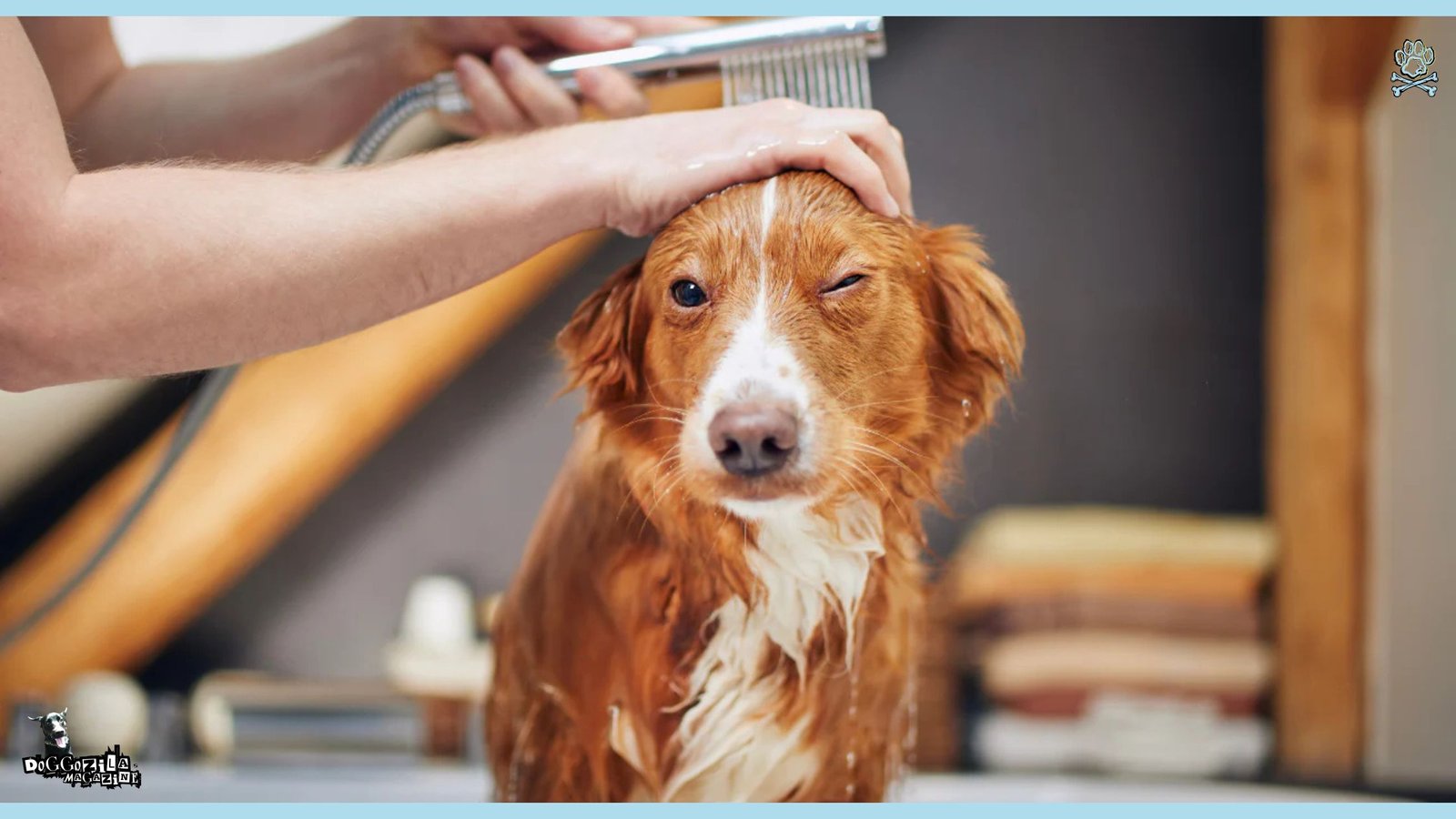
CREATING A POSITIVE BATHING ENVIRONMENT TO WASH FOR YOUR DOG
When you recognize that it’s bath time, your most important role shifts from playmate to confident caregiver. Your mission is to create a calm, positive environment where your dog feels secure. This involves practical comforts like placing a non-slip mat in the tub to prevent slipping, having a towel ready for a warm dry-off, and using a gentle, dog-specific shampoo.
More importantly, it’s about emotional comfort. Speak to them in a soft, reassuring tone, offer treats generously, and keep the session short and sweet. Your calm, loving energy is the greatest gift you can offer during this process you face together.
Practical Tips and Routine That Tell You How Often You Should Wash Your Dog
Transforming your space into a positive bathing zone requires thoughtful attention to detail. Consider using a handheld showerhead or a pitcher for greater control over the water flow and to avoid getting water in their eyes and ears.
Appetite is a powerful motivator, so offer high-value treats like small pieces of chicken or cheese throughout the process to build positive associations.
For dogs who are truly anxious, simply feeding them their meals in the empty, dry tub for a week beforehand can help them see it as a positive place. This safe and soothing atmosphere is the ideal setting for answering how often you should wash your dog, as a positive experience makes any necessary frequency manageable.
The Importance of Professional Dog Grooming
Professional dog grooming is not a luxury for many breeds, but a necessary part of their health care. For breeds like Poodles, Shih Tzus, or any dog with hair that continuously grows, regular professional grooming is essential to prevent painful matting, skin infections, and hygiene issues.
This approach allows for a consistent maintenance schedule that most owners cannot provide at home. Embracing the help of a professional groomer empowers you to become an effective partner in your dog’s care, ensuring their comfort and coat health are the absolute top priority.
Navigating The Decision Of Bathing Frequency With Knowledge
For many pet owners, the most confusing part of dog care is navigating the conflicting advice on bathing frequency. This decision is often fraught with worry about doing harm. It is a decision made not from a lack of care, but from an abundance of it.
Finding the right balance prevents skin problems and promotes well-being. The decision should be based on a clear-eyed assessment of your dog’s breed, lifestyle, and individual skin health, considering their need to be clean without compromising their natural defenses.
🔑 Key Points: The most practical approach is to bathe your dog “as needed” based on weekly observation of their condition, which ensures every bath has a positive purpose tailored to their immediate needs.
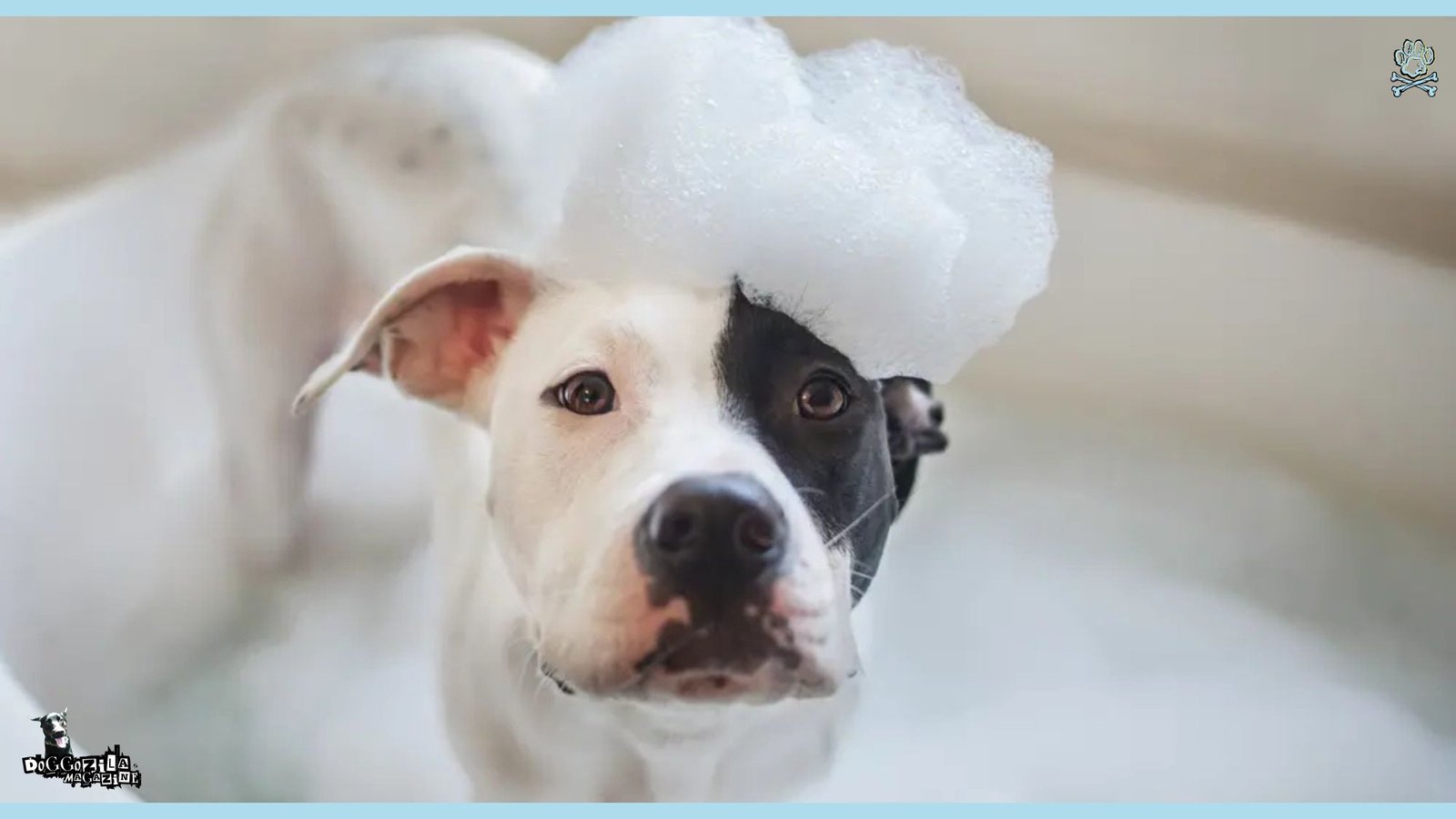
HOW UNDERSTANDING THE FACTORS CAN GUIDE YOUR BATHING ROUTINE?
The factors we’ve discussed can serve as a gentle guide in creating a personalized routine. When a dog is visibly dirty, smells unpleasant, or is showing signs of itchiness, it may be a clear sign that it’s time for a bath.
Recognizing the specific needs of your unique dog alleviates the burden of comparison, helping you see your routine not as right or wrong, but as perfectly tailored for them. It is the ultimate act of observant ownership. Choosing a schedule based on their needs is the most compassionate approach, and a fitting response to the question of how often you should wash your dog. It allows you to complete the circle of care for your friend, ensuring their skin and coat are healthy.
The “Smell and See” Test: A Subjective Tool for an Objective Decision
To help remove some of the guesswork from this common dilemma, many groomers recommend using the “Smell and See” test. This tool helps you assess your dog’s need for a bath based on two simple factors, odor and visible dirt.
By honestly evaluating these two areas, you can get a more objective view of whether your dog’s cleanliness needs are being met.
Keeping a simple mental note of when they were last washed and how they responded can also help you track what works, providing clear evidence for building a successful long-term routine. This practical approach can bring clarity and confidence to a decision that is ultimately made from the heart.
Managing Guilt and Finding Confidence in Your Care
The worry that follows bathing your dog, whether you did it too much or not enough, is a common feeling. It is crucial to remember that seeking the right balance is the most selfless act of love a pet owner can make. You are choosing your dog’s health over a simple one-size-fits-all rule.
Talk openly with your veterinarian or groomer about your feelings; they can reassure you based on their expertise. After each bath, be observant. Understand that adjustment is a natural part of the process, but it does not reflect a failure of your care, which is motivated by pure love and a desire to grant your loyal friend a healthy life.
Healing Skin Issues: The Path Forward After Imbalance
The discovery of a skin issues in your dog like dryness, hot spots, or infection leaves an owner feeling concerned. Addressing this is not a linear process, and it is essential to allow yourself to seek professional guidance and feel confident in the solution. There is no right or wrong way to find the right product, and the timeline is unique to every dog.
Be patient and compassionate with yourself and your dog. Some find solace in a simple oatmeal bath, while others may need a prescribed medicated shampoo from the vet. Others may find comfort in adding a salmon oil supplement to their diet to improve skin health from the inside out.
🔑 Key Points: Bathing can be a medical treatment for skin conditions when using a medicated shampoo, but for a healthy dog, its purpose is to support the skin’s natural functions without disrupting them.
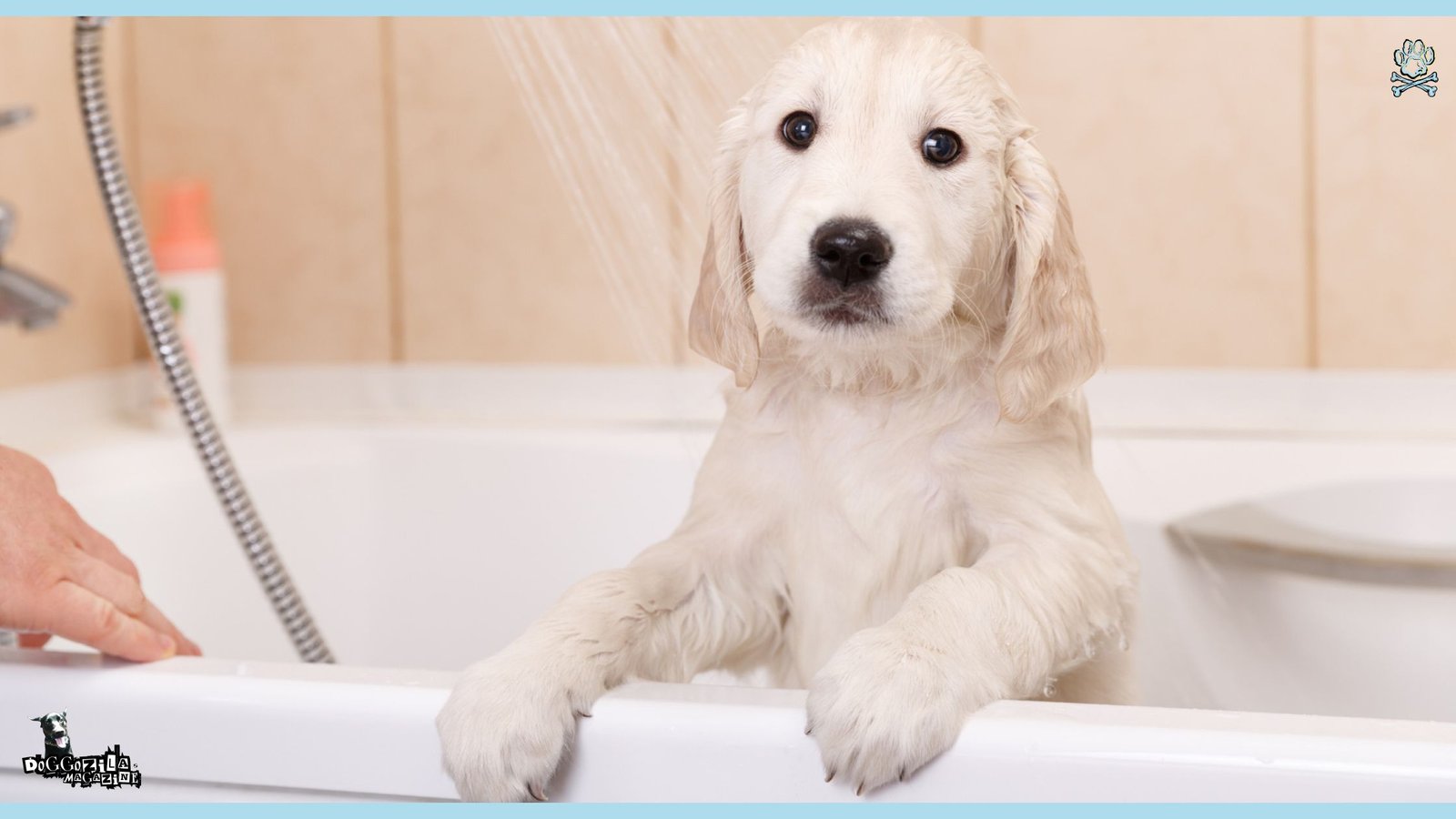
THERE’S NO SINGLE ANSWER TO HOW OFTEN YOU SHOULD WASH YOUR DOG
The frustration of conflicting advice is a direct reflection of the depth of your care, and that care does not disappear with a mistake. Honoring your dog’s individuality is an active part of the healing process. You might channel your care into researching the best products for their specific coat type, making a note of what works and what doesn’t, or eventually, when an issue arises, opening your mind to the advice of a professional. This is not a failure, but a continuation of the love you have for your dog.
The extraordinary idea that there is no single answer offers a lasting comfort. It suggests that the goal is not perfection, but attentive, responsive care. That final rinse, that fresh-smelling coat, it was your way of making sure your dog is comfortable and healthy. And that is a goal that truly matters.
Allowing Yourself to Learn How Often You Should Wash Your Dog
Society often offers quick fixes and blanket rules, but you should never feel you need to minimize your dog’s unique needs. Your dog is an individual, with a unique biological makeup. Allow yourself to learn, to feel curious, and to talk about what works with other dog owners. Seek out reputable sources, either from your vet or certified groomers.
There you can get advice from people who truly understand. Your routine will change shape over time, the puppy coat will be replaced by an adult coat, and their lifestyle may change. The sharp, overwhelming confusion will gradually soften, leaving behind a confident understanding and, eventually, more certainty than doubt when you care for the beautiful companion you share your life with.
When to Consult a Professional Groomer or Veterinarian?
There is no shame in seeking professional help for your dog’s grooming needs. The decision is deeply personal and varies for everyone. Some people find confidence in learning from a groomer how to handle their dog’s coat at home, while others need the consistent schedule a professional provides.
The key is to ensure you are not ignoring clear signs of distress or skin issues that require a vet’s diagnosis. When you are ready to admit that you need an expert’s eye, rather than struggling alone, you will know it is the right time. Your care has an infinite capacity to grow, and honoring one dog’s needs often makes you a better owner for life.
🔑 Key Points: A dog’s breed and coat type are the primary factors in determining bathing needs; for instance, oily-coated breeds may need washing every 4-6 weeks while thick double-coated breeds may only need a bath a few times a year.
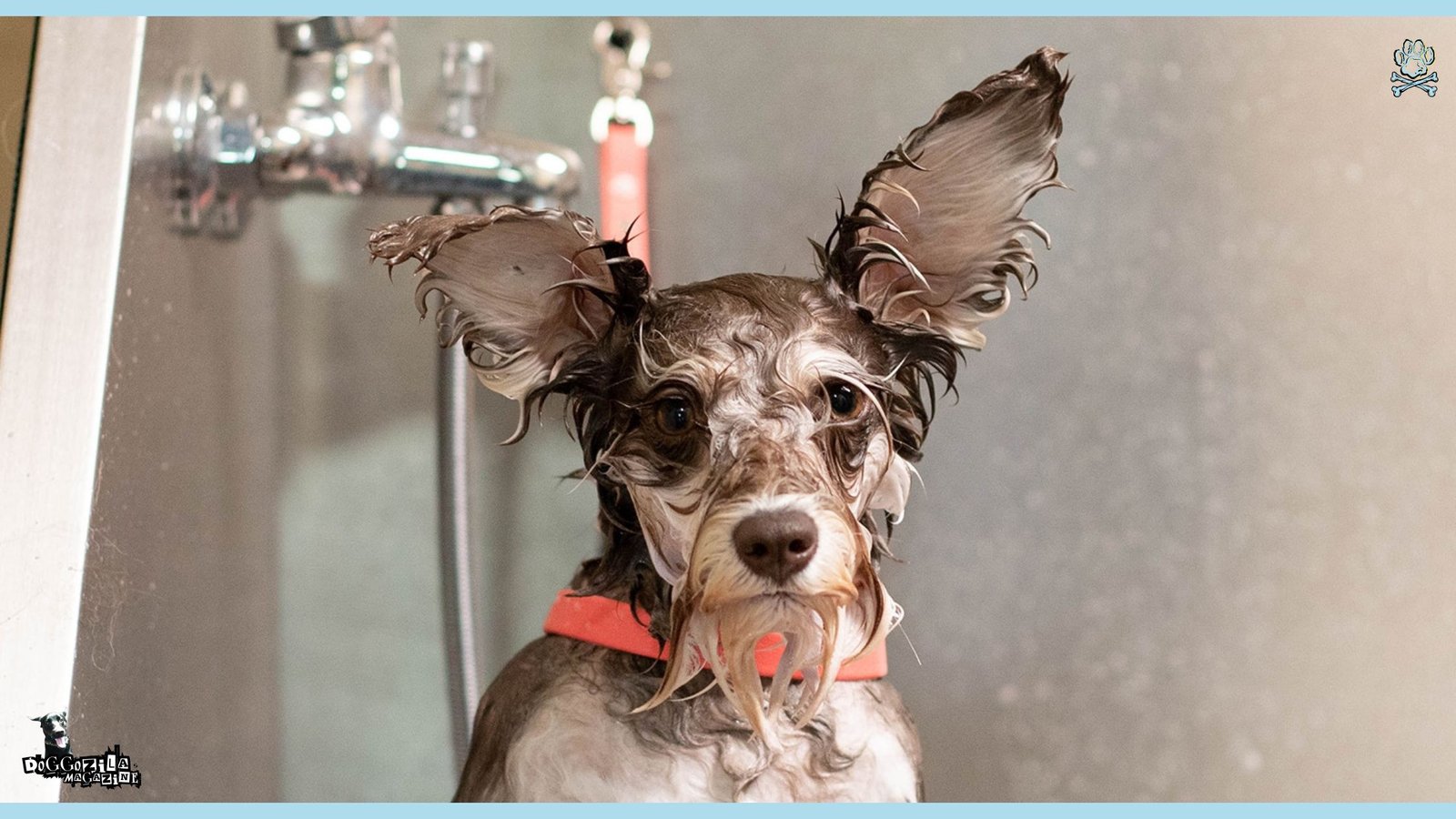
STORIES OF SUCCESS: CASE STUDY AND REAL-LIFE EXAMPLES
Hearing about other pet owners’ experiences can be incredibly comforting and enlightening. These stories highlight the diverse answers to how often you should wash your dog, reflecting their unique circumstances. While we can never know exactly what a dog feels, their healthy skin and shiny coat are the best indicators of a successful routine.
For instance, one dog owner shared how their Golden Retriever, with its oily coat, thrives on a bath every three weeks with a de-greasing shampoo to manage odor and keep his skin from getting irritated. Another owner described how their ancient Yorkshire Terrier gets a gentle, moisturizing bath only once every two months, as more frequent washing makes her delicate skin far too dry.
Case Study: One Dog’s Skin Issues Showed How Often You Should Wash Your Dog
In a particularly telling case, a dog named Charlie, a German Shepherd, suffered from constant itching and flaking. His owner was bathing him every week thinking it would help. A veterinarian explained that this frequency was stripping his natural oils and advised a switch to a medicated oatmeal shampoo and a reduced schedule of only once every 6-8 weeks.
Similarly, another dog, Luna, a Labrador who loved swimming in the lake, developed hot spots. Her solution was a simple fresh-water rinse after every swim to remove lake bacteria and minerals, followed by a thorough drying, eliminating the need for constant shampooing. These real-life examples underscore the importance of being attuned to your dog’s response and responding with flexibility.
They also show that while finding the right routine is a journey, it leads to a happy, healthy dog. By sharing these stories, we can find comfort in the knowledge that we are not alone in our experiences and that the perfect bath schedule is the one that works for your unique dog.
Related Article Recommendation: Dandruff in Dogs: Natural Remedies and Treatments
Real Story About The Oily Retriever
Sam had adopted Buddy, a cheerful Golden Retriever, as a puppy. For five years, they were best friends, but Sam struggled with Buddy’s persistent “doggy smell.” He tried bathing him weekly, but the smell returned quickly and Buddy began to develop dry, flaky skin.
His vet confirmed what Sam hadn’t considered: he was washing Buddy too often. The frequent baths were stripping Buddy’s natural oils, causing his skin to dry out and his body to overproduce oil to compensate, making the odor worse. The vet advised a switch to a gentle, de-greasing shampoo and a new schedule of bathing only every three weeks.
Sam was skeptical but followed the advice. He also incorporated a thorough brushing routine between baths to distribute the natural oils. After a few cycles, the change was remarkable. Buddy’s coat became softer and shinier, his skin was no longer flaky, and the overpowering odor was significantly reduced. For Sam, it was a revelation. The answer wasn’t more washing, but less, paired with the right tools. It was a clear lesson in working with a dog’s biology, not against it.
Real Story About The Sensitive Senior
Mrs. Gable, a retired teacher, doted on her senior Dachshund, Mimi. Mimi was mostly indoors and had very delicate, thin skin. Mrs. Gable, wanting to keep her clean, gave her a monthly bath. However, after every bath, Mimi would scratch miserably for days. During a check-up, Mrs. Gable mentioned this to her vet. The vet explained that for a small, indoor, senior dog with a sensitive skin, monthly washing was too frequent. She recommended stretching the baths to once every two to three months, unless Mimi got visibly dirty.
Furthermore, the vet suggested a hypoallergenic, oatmeal-based shampoo designed for sensitive skin. Mrs. Gable implemented the new plan. The difference was immediate. Mimi no longer itched after her baths and seemed much more comfortable overall. For Mrs. Gable, that adjustment wasn’t about being less clean, it was about being more compassionate. It was Mimi’s way of telling her that less was more, and that comfort was far more important than a strict calendar schedule.
🔑 Key Points: Over-washing can cause itchy, flaky, and irritated skin, while under-washing can lead to matting, a strong odor, and a buildup of dirt and oil that can cause infections.
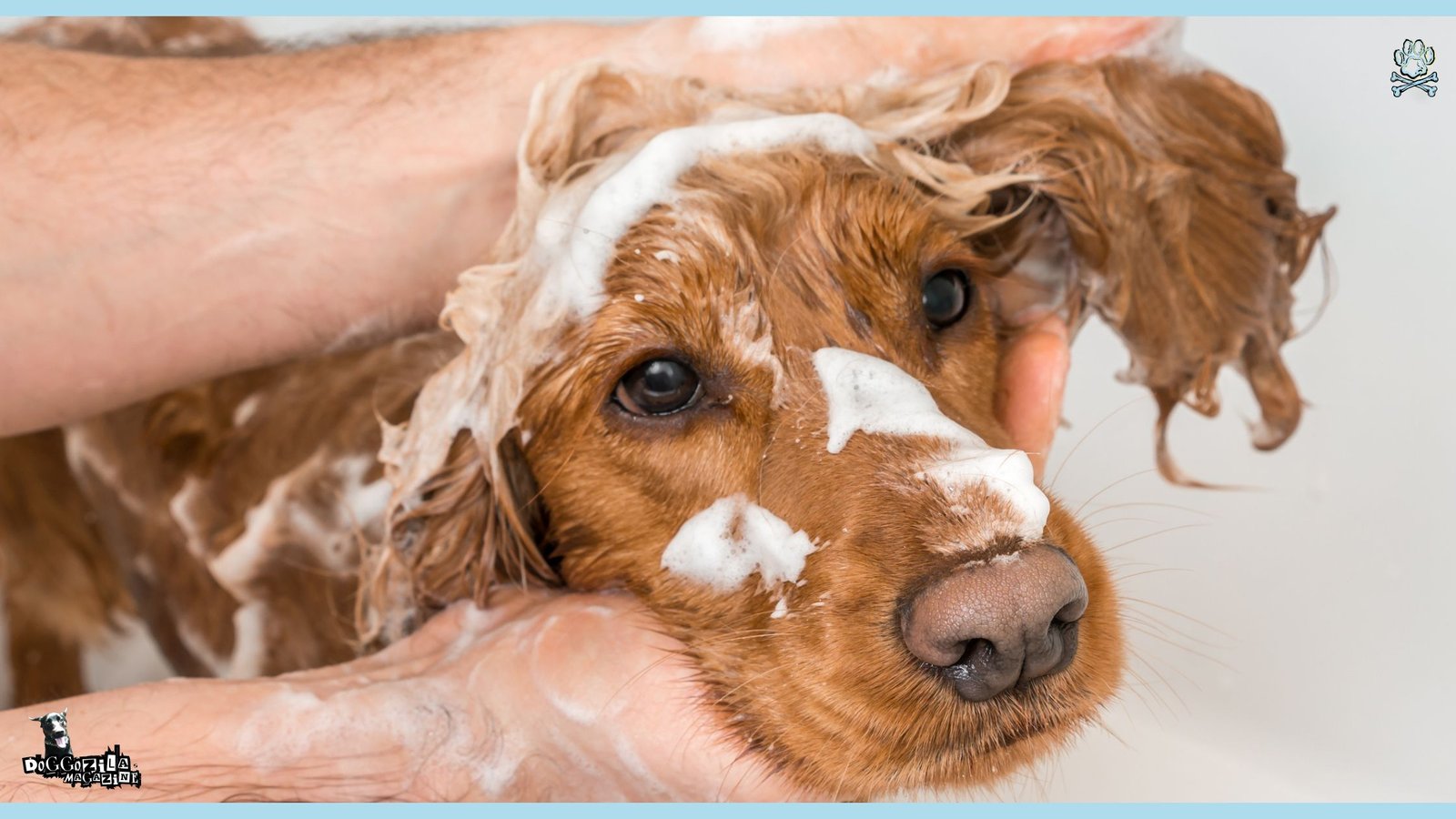
THE ENDURING PRINCIPLE OF INDIVIDUALIZED CARE EXPLAIN HOW OFTEN SHOULD YOU WASH YOUR DOG
The question of how often you should wash your dog may never have a single, simple answer, but for the countless owners who have found their perfect rhythm, the evidence is written in their dog’s healthy skin and vibrant coat. The factors like breed, lifestyle, and individual skin sensitivity form a legacy of attentive care that ensures a dog’s comfort. They teach us about observation, flexibility, and the purest form of practical love.
This individualized approach is not a chore, but a transformation of your role from owner to caregiver. It becomes a part of your story, a testament to a love that is so powerful it strives to provide the very best care tailored to their unique needs.
How the Experience Makes Us More Attentive Owners?
Going through the process of dialing in the perfect grooming routine is a profoundly educational experience. It deepens our understanding of dog biology and our capacity for observant, responsive care. It teaches us to look beyond generic advice and to see our dog as the individual they are.
Many people find that this experience changes their perspective, encouraging them to prioritize their dog’s specific signals over what they read online. The journey of trial and error is intertwined with the gift of learning to care more deeply. We learn to cherish the signs of health and respond to the signs of discomfort, understanding the nuanced nature of their well-being.
The Scientific Community’s Growing Interest in Dog Skin Health
The countless questions from dog owners are now beginning to capture the interest of the scientific community. Researchers are increasingly studying the canine skin microbiome, the impact of different shampoos, and the effects of bathing frequency, seeking to provide evidence-based guidelines for pet owners.
Studies on skin pH, lipid barriers, and the efficacy of various ingredients are providing a scientific framework for what groomers and vets have always known anecdotally. This growing body of research helps validate the experiences of owners and pushes our understanding forward, bridging the gap between heartfelt anecdote and empirical study. It confirms that the care we provide our dogs is not just sentimental, but is rooted in complex biological science.
Carrying the Knowledge Forward: A Final Thought on How Often You Should Wash Your Dog
Your dog’s perfect bathing schedule is a rhythm you will discover together, a understanding that you will carry with you always. Let that knowledge be a source of confidence and comfort, not just doubt. Let it remind you of the incredible impact of your attentive care.
Carry the lessons learned forward, be a little more observant, a little more flexible, and a little more patient, just as your dog teaches you to be. In this way, your care continues to evolve, and the answer to how often you should wash your dog becomes a resounding, beautiful “it depends” that echoes through a lifetime of health and happiness.
Dogs remind us that the most effective care is personalized, thoughtful, and loving.
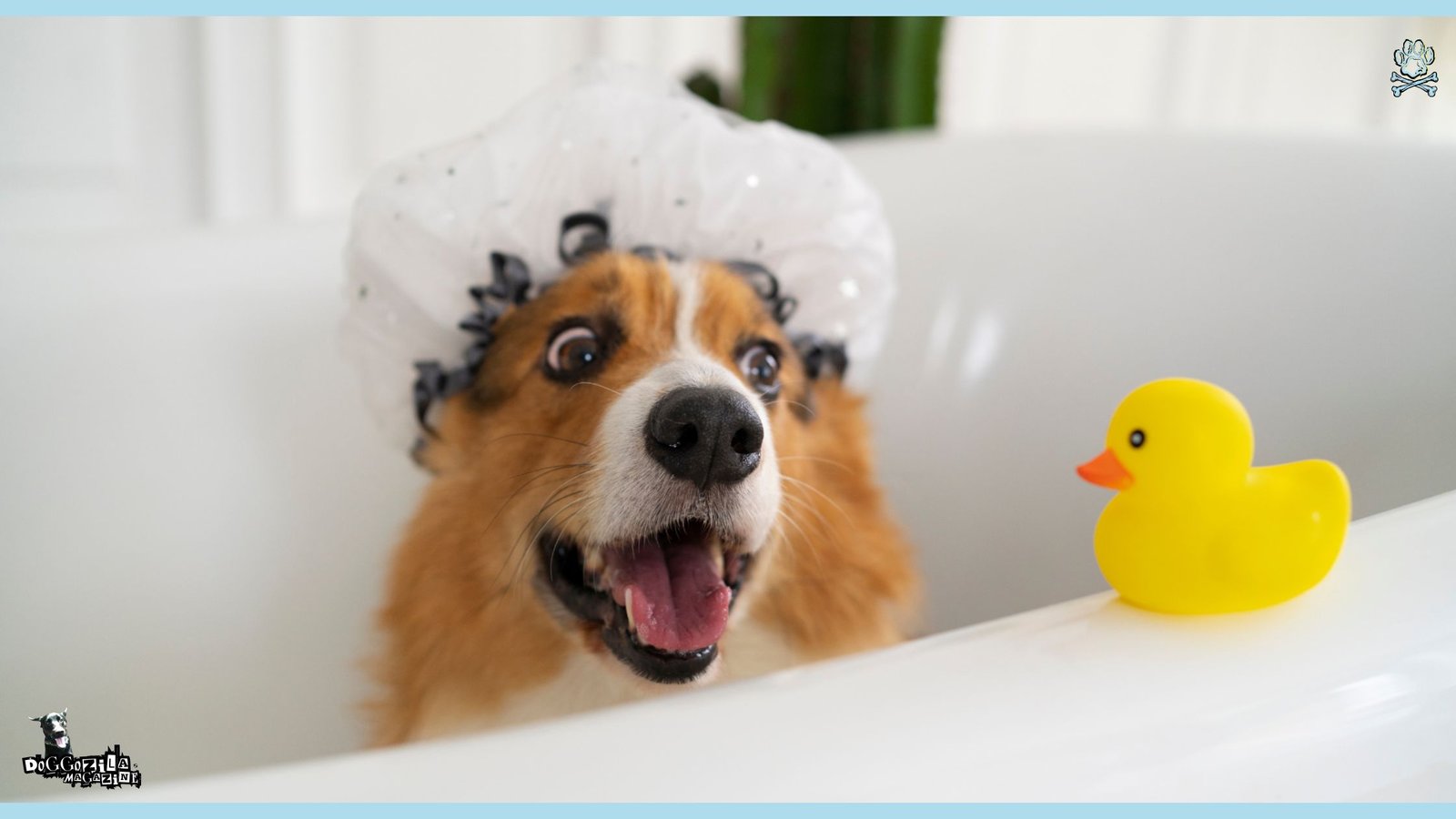
So, the best we can do is be observant, responsive, and gentle, offering the right care at the right time, and cherishing every fresh-smelling cuddle.

